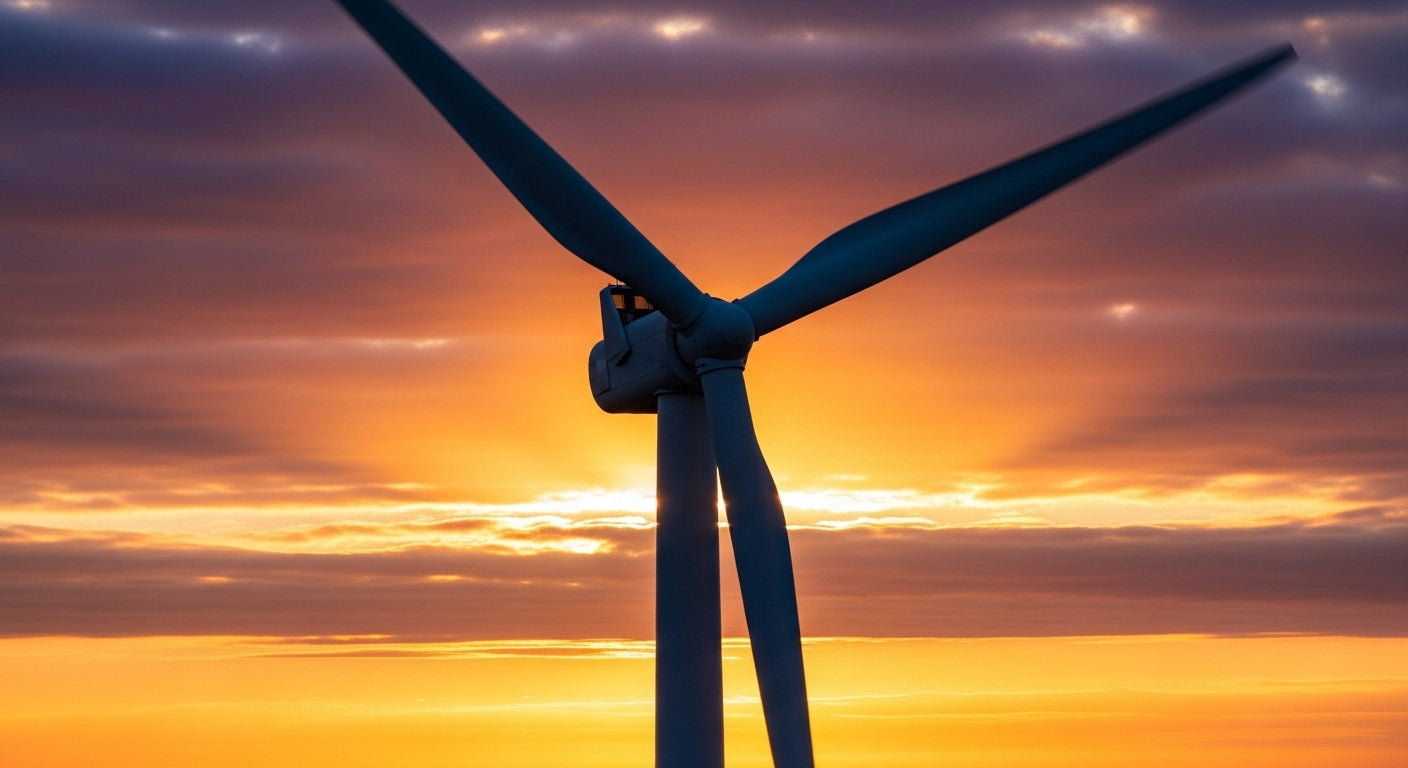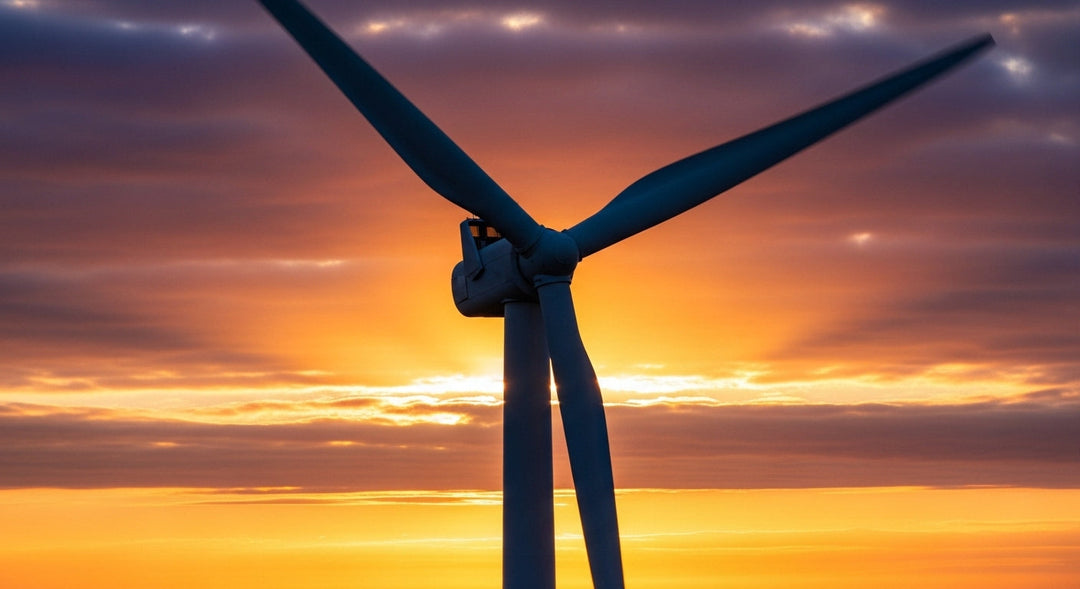Emerging Innovations in Long-Duration Energy Storage

Solar and wind power are now the fastest-growing sources of electricity worldwide, thanks to declining costs and the urgency to reduce carbon emissions. However, their inherent intermittency—solar generation stops at night, and wind power fluctuates with weather—poses a significant challenge. To address this, developing long-duration energy storage (LDES) technologies is emerging as a critical solution for ensuring grid stability and reliability.
LDES has the potential to store energy for extended periods, ranging from hours to days or even weeks, enabling the seamless integration of renewable energy into the grid. Recent innovations in this space transform how energy is stored, distributed, and utilized, paving the way for a resilient, low-carbon future.
Why Long-Duration Energy Storage Matters
Renewable energy's intermittency is one of the key barriers to achieving a reliable, decarbonized grid. While short-duration lithium-ion batteries are widely deployed for applications like frequency regulation and peak shaving, more is needed to address multi-hour or multi-day energy gaps caused by solar and wind generation fluctuations.
Long-duration energy storage fills this gap by providing extended storage capabilities. It enables energy generated during periods of high renewable output to be stored and used during times of low generation. This functionality supports grid operators in balancing supply and demand, reducing reliance on fossil fuel-based peaker plants, and enhancing energy security.
Emerging Innovations in Long-Duration Storage Technologies
Several innovative technologies are pushing the boundaries of what long-duration storage can achieve. Each solution addresses specific use cases and offers distinct advantages, showcasing the diversity of approaches needed to solve the intermittency challenge.
Flow Batteries
Flow batteries represent a promising LDES technology, offering scalability and long cycle lives. Unlike lithium-ion batteries, flow batteries store energy in liquid electrolytes in external tanks. This configuration allows for independent scaling of power (determined by the cell stack size) and energy capacity (determined by the size of the tanks).
Vanadium redox flow batteries (VRFBs) are among the most developed in this category. They are particularly well-suited for grid-scale applications due to their durability and ability to cycle frequently without significant degradation. Emerging chemistries, such as iron-based flow batteries, aim to reduce costs further and expand their applicability.
Thermal Energy Storage
Thermal energy storage systems convert electricity into heat, store it in insulated tanks or materials, and convert it back into electricity when needed. These systems leverage abundant materials like molten salts, sand, or concrete, making them cost-effective and sustainable.
Recent advancements include thermal storage solutions integrated with concentrated solar power (CSP) plants, which use mirrors to focus sunlight onto a receiver to generate heat. Companies also explore using phase-change materials and thermochemical processes to enhance efficiency and scalability.
Compressed Air and Liquid Air Energy Storage
Compressed air energy storage (CAES) involves storing energy by compressing air in underground caverns or above-ground containers and then releasing it to drive turbines. A newer variant, liquid air energy storage (LAES), cools air to cryogenic temperatures to store it as a liquid. When energy is needed, the liquid air is reheated and expanded to generate power.
LAES systems offer advantages such as the ability to site facilities closer to demand centers and the use of readily available materials. Companies are commercializing large-scale LAES projects that promise to deliver grid-scale storage for 8 to 12 hours or more.
Hydrogen-Based Storage
Hydrogen is rapidly gaining traction as a long-duration energy storage medium. Surplus renewable electricity can produce hydrogen through electrolysis, which splits water into hydrogen and oxygen. The hydrogen can then be stored and converted back into electricity using fuel cells or combustion turbines.
Hydrogen offers the advantage of being storable for weeks or months, making it ideal for seasonal energy storage. Moreover, it can be used as a feedstock for industrial processes or a transportation fuel, creating synergies across sectors.
Gravity-Based Storage
Gravity-based storage systems use excess electricity to lift heavy weights, storing energy as gravitational potential energy. When the power is needed, the weights are lowered, driving generators to produce electricity.
These systems are highly durable and minimally degrade over time. Companies like Energy Vault are pioneering modular designs that use concrete blocks, while other developers are exploring underground systems that repurpose mine shafts for energy storage.
The Road to Widespread Adoption
Despite their potential, long-duration energy storage technologies face challenges that must be addressed to achieve widespread adoption. Cost reduction remains a critical priority. Many LDES technologies are still in the early stages of development, and their levelized cost of storage (LCOS) must decrease significantly to compete with short-duration batteries and fossil fuel alternatives.
Policy support and market mechanisms are also essential. Governments and regulators can accelerate LDES deployment by providing incentives, funding research and development, and creating markets that value long-duration storage's unique capabilities. For example, capacity and ancillary service markets can reward LDES for grid reliability and flexibility.
Collaboration among stakeholders—including technology developers, utilities, investors, and policymakers—is crucial for scaling up LDES projects. Pilot projects and demonstrations can validate new technologies, build confidence among investors, and establish best practices for deployment.
A Transformative Opportunity for Venture Capital
Long-duration energy storage (LDES) is an opportunity to reshape the energy landscape by addressing renewable energy's intermittency challenges. LDES enables deeper penetration of solar and wind power, reduces greenhouse gas emissions, and enhances grid resilience.
The ongoing innovations in LDES technologies reflect the ingenuity and determination of the clean energy sector to overcome obstacles and drive progress. With sustained investment, supportive policies, and collaborative efforts, long-duration energy storage will be pivotal in the global transition to a sustainable, low-carbon future.










